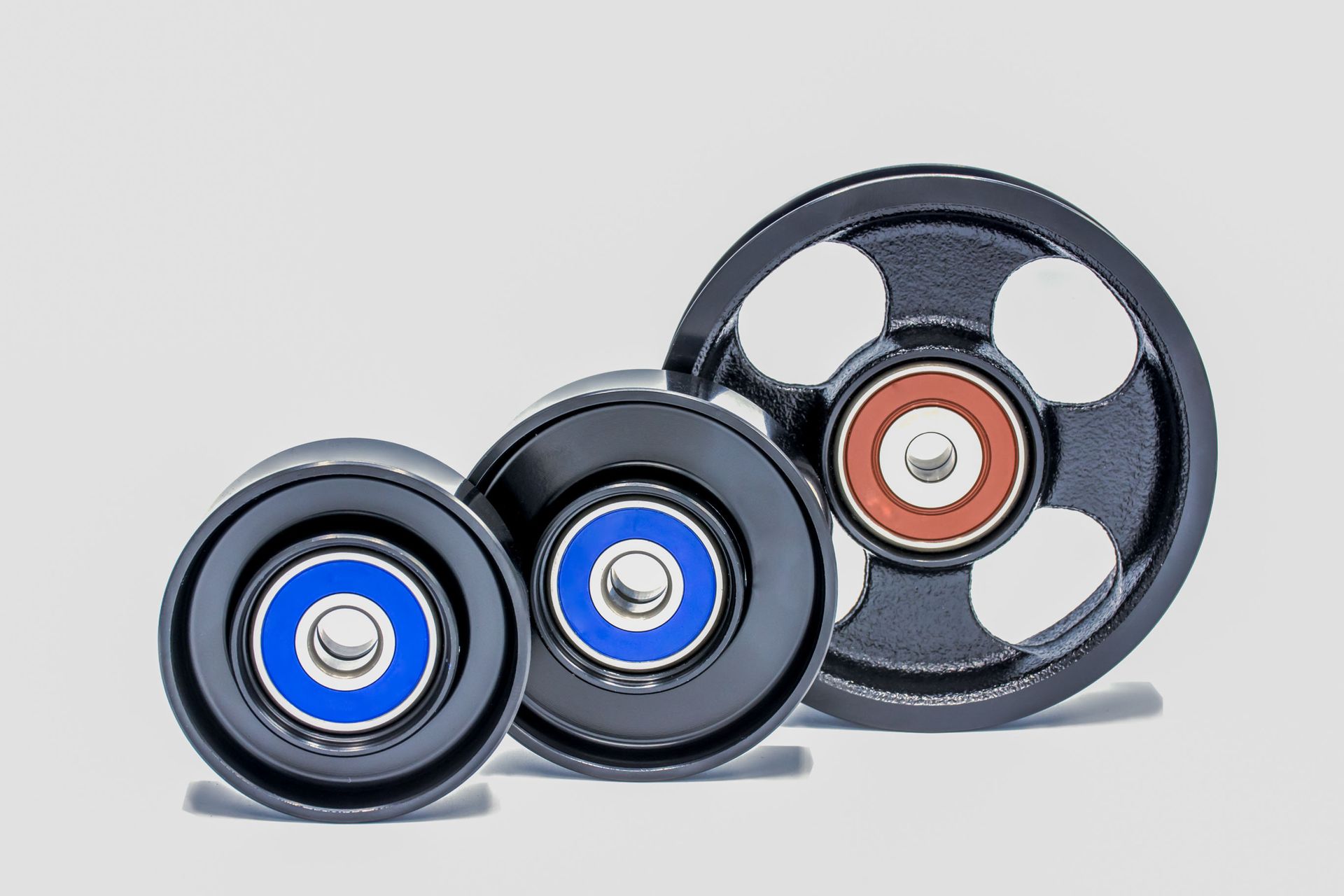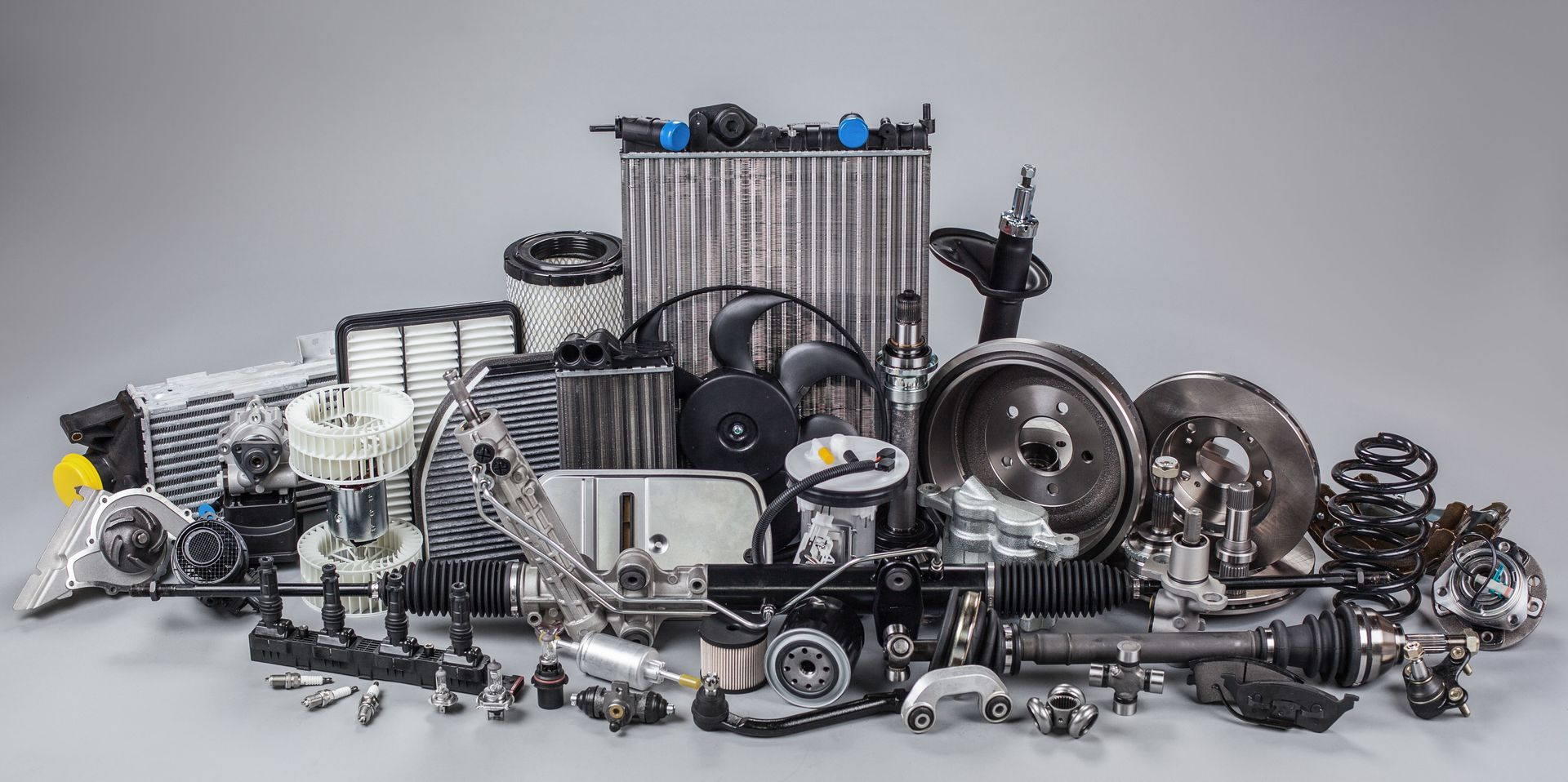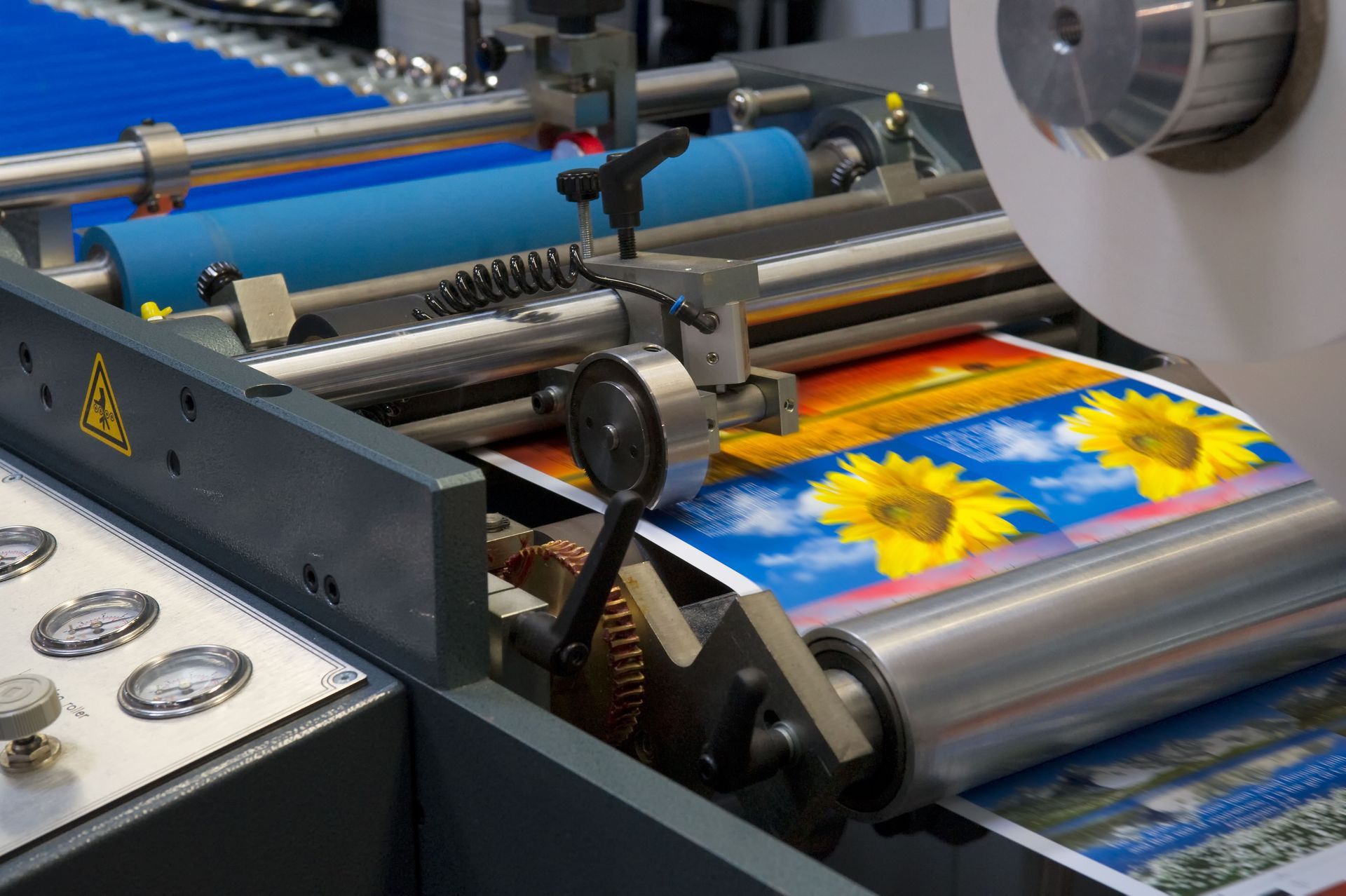September 24, 2025
Rubber rollers are essential components in a wide range of industrial applications, from manufacturing and printing to food processing and automotive production. The performance, durability, and reliability of these rollers depend heavily on the rubber compounds used in their construction. Selecting the right rubber compound requires careful consideration of physical and chemical properties, environmental conditions, operational demands, and cost factors. By understanding the characteristics of different rubber types, manufacturers and engineers can ensure that their rollers operate efficiently, withstand harsh conditions, and deliver consistent results over time. This article explores these considerations in detail, offering insights into the selection, testing, and future development of rubber compounds for industrial rollers.
Physical and Chemical Properties
Physical properties such as hardness, tensile strength, and resilience are key factors in determining the suitability of a rubber compound for roller applications. These properties influence how the material behaves under repeated stress, mechanical loads, and long-term operational wear. For instance, a roller used in a high-speed production line requires a compound that can withstand continuous mechanical pressure without deforming or losing elasticity. Chemical properties, including resistance to oils, solvents, acids, and other chemicals, are equally important, particularly in industrial environments where exposure to harsh substances is common. Together, these physical and chemical characteristics dictate the overall performance, reliability, and lifespan of a rubber roller.
Selecting the right rubber compound ensures that your rubber roller meets operational requirements and maintains durability over time. A well-chosen compound reduces unexpected failures, minimizes maintenance downtime, and improves process consistency. Additionally, understanding how these properties interact under varying temperatures, pressures, and mechanical loads allows manufacturers to tailor rollers for specific functions. For example, high-temperature processes may require silicone-based compounds to maintain elasticity, whereas polyurethane compounds may be preferred for heavy-duty applications requiring superior abrasion resistance. By carefully evaluating these interactions, industries can extend the service life of critical equipment, optimize performance, and enhance overall operational efficiency.
Factors Influencing the Choice of Rubber Compounds
Several factors influence the selection of rubber compounds for industrial rollers, ranging from operational requirements to environmental considerations. Performance requirements, such as load-bearing capacity, shock absorption, and rotational speed, play a central role in determining the most suitable material. Environmental factors—including exposure to sunlight, humidity, temperature fluctuations, and chemicals—further influence compound selection. Cost considerations and budget constraints often impact decisions, though investing in higher-quality compounds may reduce long-term maintenance costs and downtime.
Compatibility with machinery and safety standards also affects compound choice. A rubber roller must integrate seamlessly with the equipment it serves while meeting occupational safety and regulatory guidelines. Evaluating expected lifecycle, anticipated maintenance intervals, and operational intensity allows companies to invest in materials that deliver long-term reliability. The correct compound selection also contributes to sustainability by reducing waste, energy consumption, and environmental impact associated with frequent roller replacement. Companies that carefully balance performance, cost, and environmental responsibility benefit from both economic and operational efficiencies.
Popular Types of Rubber Compounds for Rollers
Understanding the different types of rubber compounds is essential to ensure your rubber rollers perform optimally in specific industrial applications. Natural rubber is known for its exceptional elasticity and tensile strength, making it ideal for shock absorption and high-precision applications. However, it has limited chemical resistance, which may restrict its use in environments exposed to oils or solvents. According to the U.S. Tire Manufacturers Association, over 90% of the current natural rubber supply comes from Southeast Asia, highlighting the importance of global supply considerations when sourcing materials. Nitrile rubber (NBR) offers superior resistance to oils, fuels, and certain chemicals, making it a popular choice for automotive, chemical, and fuel-handling industries. EPDM, on the other hand, excels in weather resistance and low-temperature flexibility, making it well-suited for outdoor applications where environmental exposure is a concern.
Silicone rubber maintains elasticity under extreme temperatures and harsh chemical conditions, making it ideal for processes requiring thermal stability and chemical resilience. Polyurethane compounds are prized for their high abrasion resistance, toughness, and mechanical performance, particularly in heavy-duty industrial operations. Selecting the appropriate compound type ensures that your rubber rollers meet the specific demands of their operational environment. Industries that understand the nuances of each compound type can match material properties to the operational demands of machinery, reducing unexpected downtime and costly equipment replacement.
Unique Characteristics and Applications of Each Rubber Type
Each type of rubber compound exhibits distinct characteristics that define its ideal applications. Natural rubber provides excellent elasticity and is highly effective in shock absorption, making it suitable for applications requiring precise movement control. Nitrile rubber resists hydrocarbons and is ideal for fuel transfer systems and automotive environments. EPDM offers remarkable weather resistance and low-temperature flexibility, making it suitable for outdoor applications such as conveyor belts and exposed machinery components. Silicone rubber withstands extreme temperatures and harsh chemicals, ideal for high-temperature processes or food-grade applications. Polyurethane resists abrasion and mechanical wear, making it the preferred choice for heavy-duty industrial rollers.
Matching these characteristics to specific operational needs ensures optimal performance of rubber rollers. Proper compound selection reduces equipment downtime, enhances process precision, and improves overall productivity. Additionally, using the right material supports predictable maintenance schedules and operational budgeting. Industries that invest in the correct compound can expect longer service life, reduced repair costs, and a higher return on investment from their roller equipment.
Best Practices for Testing and Prototyping Rubber Compounds
To guarantee that rubber compounds perform as intended, comprehensive testing, prototyping, and quality assurance are critical. Testing evaluates wear resistance, elasticity, fatigue life, and chemical compatibility. Prototyping allows manufacturers to simulate real-world conditions and assess how the rubber roller will perform under operational stresses. Quality assurance ensures consistency in production, maintaining reliable performance across batches. Continuous improvement initiatives, informed by testing and operational feedback, allow companies to refine formulations and innovate new solutions.
Incorporating iterative feedback and real-world testing ensures that rubber rollers achieve optimal performance and longevity. Data collected during testing can inform adjustments in formulation, addressing weaknesses before mass production. Companies that implement these practices benefit from reduced failure rates, more efficient operations, and the ability to develop next-generation rollers with enhanced performance and durability. Well-executed testing and prototyping strategies also support sustainability by minimizing waste and improving the efficiency of production processes.
Future Trends in Rubber Compound Development
The field of rubber compound development is evolving rapidly, driven by advances in material science, sustainability, and industrial requirements. Innovations such as hybrid rubbers, nano-additives, and eco-friendly materials improve durability, performance, and environmental responsibility. Recyclable and bio-based compounds are increasingly adopted to meet industry and regulatory trends. These innovations not only reduce the ecological footprint of industrial operations but also provide more robust solutions for demanding applications.
Staying informed about these developments ensures that rubber rollers remain efficient, durable, and sustainable. Forward-looking industries can invest in materials that meet both current performance standards and future regulatory or operational expectations. By anticipating these trends, companies can achieve long-term cost savings, operational reliability, and enhanced productivity. The adoption of sustainable and high-performance compounds represents a critical opportunity for businesses aiming to combine efficiency with environmental responsibility in their industrial operations.
Selecting the right rubber compound for your rubber roller directly affects performance, durability, and operational efficiency across a wide range of industries. Understanding molecular structures, environmental considerations, cost, and compliance enables companies to make informed decisions that enhance productivity, reduce downtime, and optimize equipment longevity. Advances in eco-friendly materials, improved testing methodologies, and precise prototyping methods offer industries the opportunity to invest in rollers that meet the highest standards. For expert guidance and high-quality solutions tailored to your roller needs, contact Contact Rubber Corporation today to ensure your operations run at peak performance.
New Paragraph




